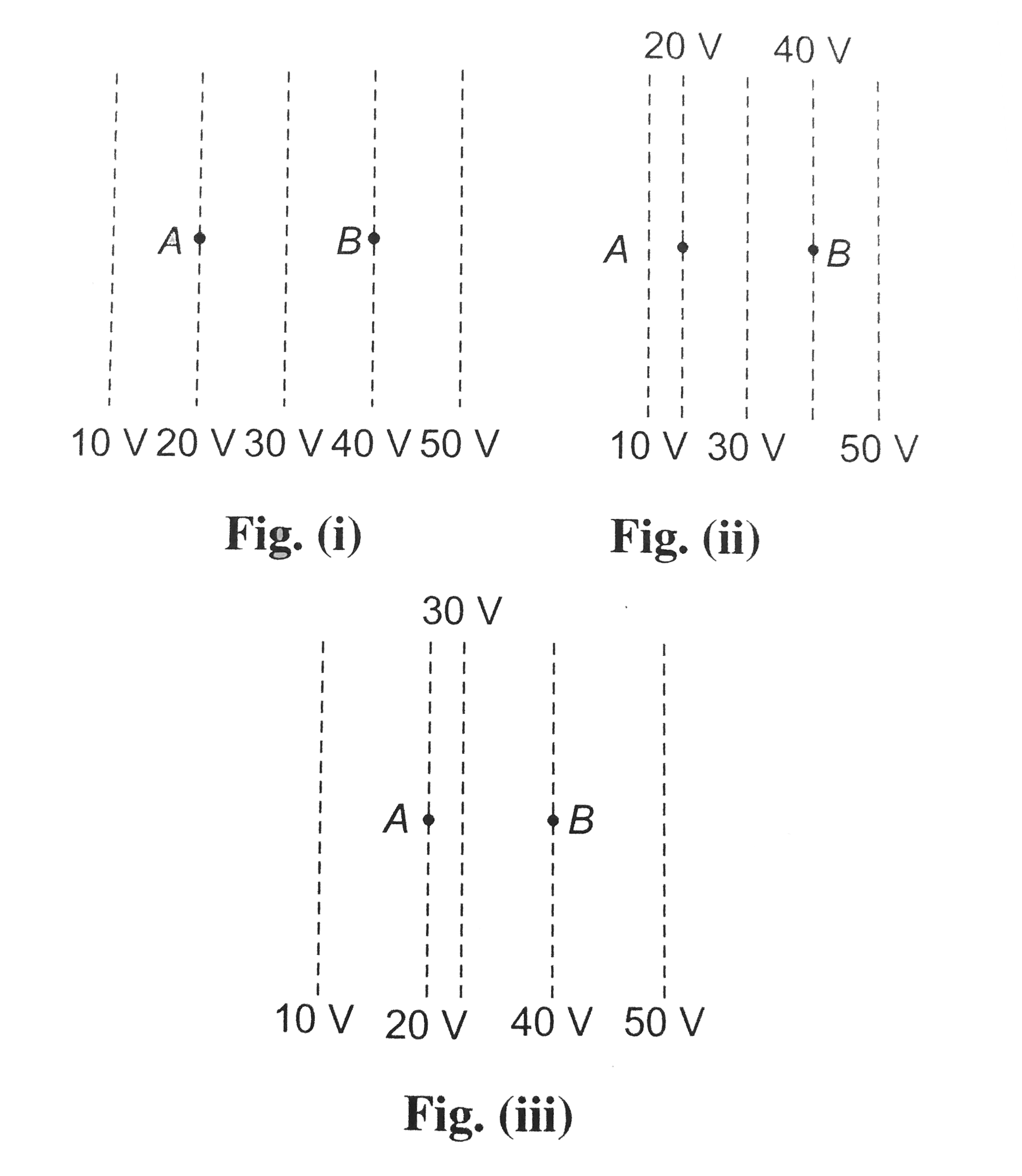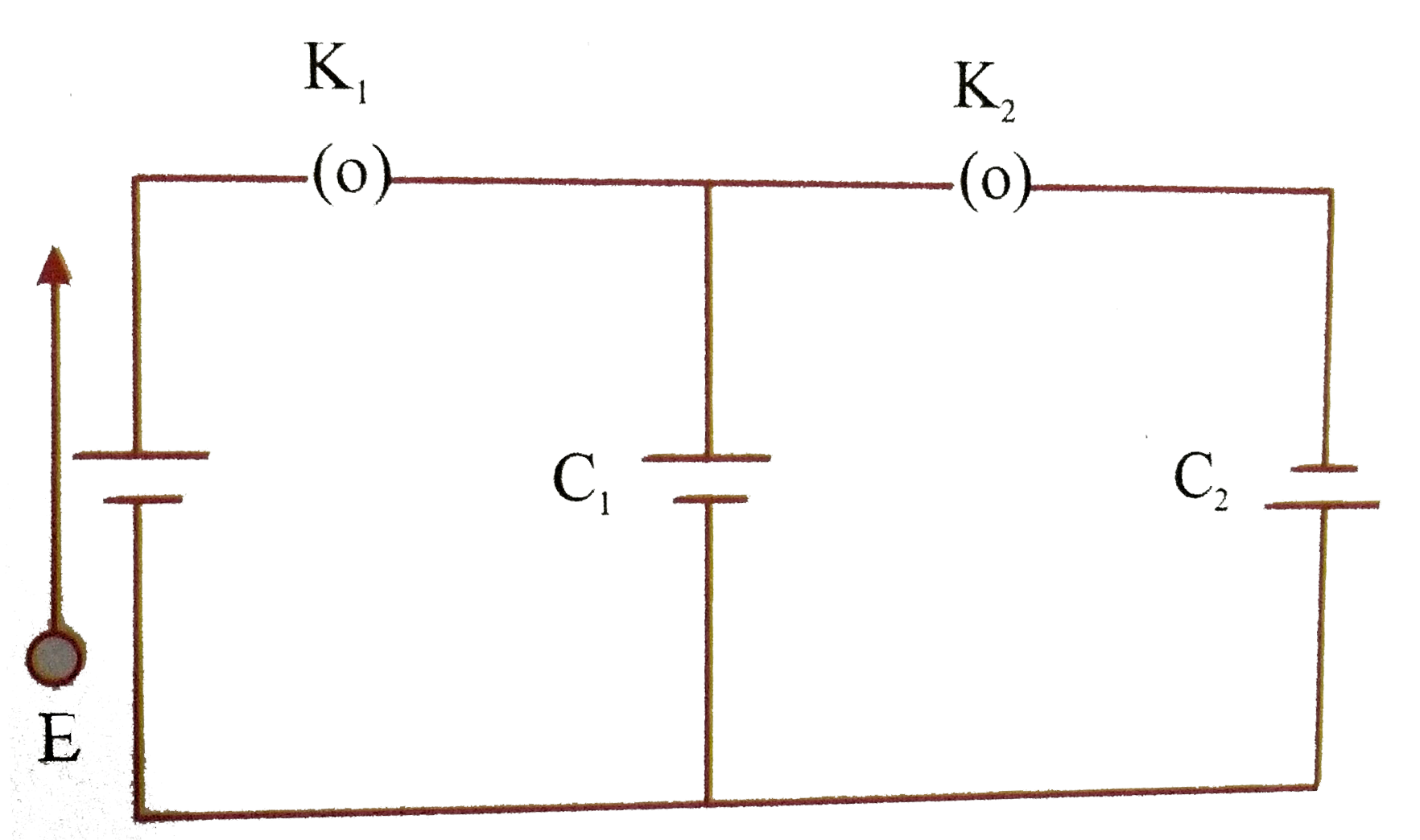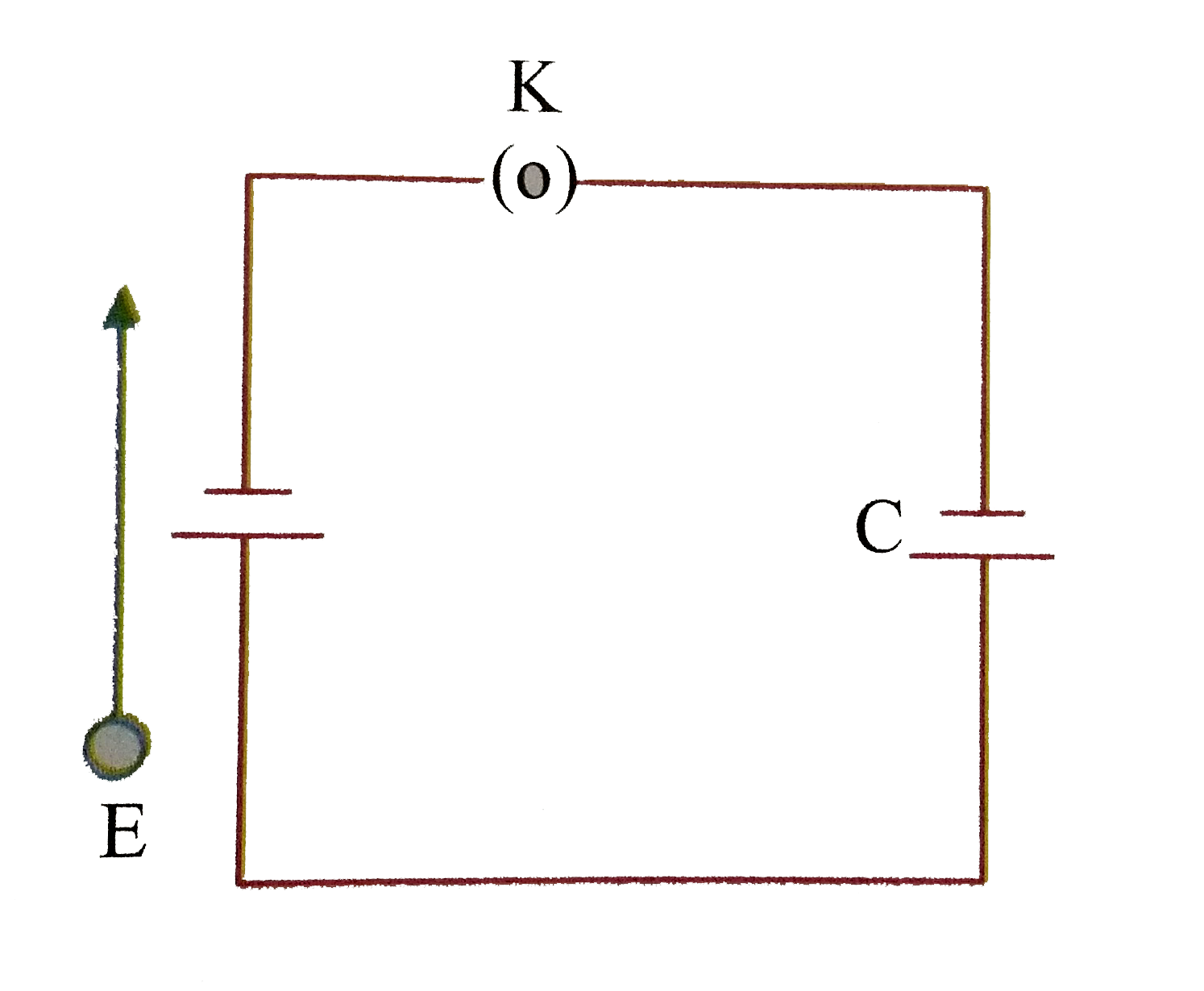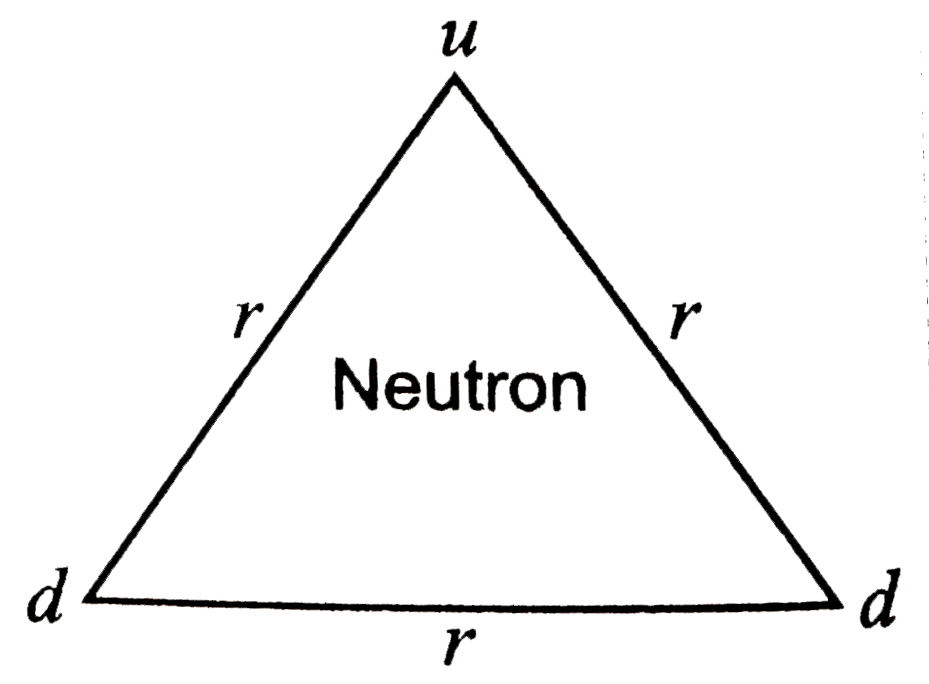Complete Solutions to Electrostatic Potential And Capacitance of chapter ELECTROSTATIC POTENTIAL AND CAPACITANCE of Class 12 book with complete answers and questions
| Class 12 | PHYSICS |
| Chapter | ELECTROSTATIC POTENTIAL AND CAPACITANCE |
| NCERT EXEMPLAR | Electrostatic Potential And Capacitance |
| Number Of Questions | 33 |
| Academic Year | 2023-24 |
A capacitor of 4`muF` is connected as shwon in the figure. The internal resistance of the battery is `0.5Omega`. The amount of charge on the capacitor plates will be

View SolutionA positively charged particle is released from rest in a uniform electric field. The electric potential energy of the charge.
View SolutionFigure shows some equipotential lines distributed in space. A charged object is moved from point `A` to point `5`.

View SolutionThe electrostatic potential on the surface of a charged concducting sphere is `100 V`. Two statements are made in this regard
`S_(1) :` at any inside the sphere, electric intensity is zero.
`S_(2) :` at any point inside the sphere, the electrostatic potential is `100 V`.
View SolutionEquipotentials at a great distance from a collection of charges whose total sum is not zero are approximately
View SolutionA parallel plate capacitor is made of two dielectric blocks in series. One of the blocks has thickness `d_(1)` and dielectric constant `K_(1)` and the other has thickness `d_(2)` and dielectric constant `K_(2)` as shown in figure. This arrangement can be through as a dielectric slab of thickness `d (= d_(1) + d_(2))` and effective dielectric constant `K`. The `K` is.
 .
.
View SolutionConsider a uniform electric field in the `hat (z)` direction. The potential is a constant.
View SolutionEquipotential surfaces
View SolutionThe work done to move a charge along an equipotential from `A` to `B`
View SolutionIn a region of constant potential
View SolutionIn the circuit shown in figure , initially key `K_(1)` is closed and key `K_(2)` is open. Then `K_(1)` is opened and `K_(2)` is closed (order is important). [Take `Q_(1)^(')` and `Q_(2)^(')` as charges on `C_(1)` and `C_(2)` and `V_(1)` and `V_(2)` as voltage respectively].

Then
View SolutionIf a conductor has a potential `V != 0` and there are no charges anywhere else outside, then
View SolutionA parallel plate capacitor is connected to a battery as shown in figure. Consider two situations :
 .
.
A : Key `K` is kept closed and plates of capacitors are moved apart using insulting handle.
B : Key `K` is opened and plates of capacitors are moved apart using insulting handle. Choose the correct options (s).
View SolutionConsider two conducting spheres of radii `R_(1) and R_(2)` with `R_(1) gt R_(2)`. If the two are at the same potential, the larger sphere has more charge than the smaller sphere. State whetehr the charge density of the smaller sphere is more or less than that of the larger oe.
View SolutionDo free electrons travel to region of higher potential or lower potential?
View SolutionCan there be a potential difference between two adjacent conductors carrying the same charge ?
View SolutionCan the potential function have a maximum or minimum is free space ?
View SolutionA test charge q is made to move in the electric field of a point charge Q along two different closed paths. Fig. First path has sections along and perpendicular loop of the same area as the first loop. How does the work done compare in the two cases?

View SolutionProve that a closed equipotenitial surface with no charge within itself must enclose an equipotential volume.
View SolutionA capacitor has some dielectric between its plates, and the capacitor is connected to a DC source. The battery is now disconnected and then the dielectric is removed. State whether the capacitance, the energy stored in it, electric field, charge stored and the voltage will increase ro remain constant.
View SolutionProve that, if an insulated, uncharged conductor is placed near a charged conductor and no other conductors are present, the uncharged body must be intermediate in potential between that of the charged body and that of infinity.
View SolutionCalculate potential energy of a point charge `-q` placed along the axis due to a charge `+Q` uniformly distributed along a ring of radius R. Sketch P.E. as a function of a axial distance z from the center of the ring, Looking at graph, can you see what happen if `-q` is displaced slightly from the centre of the ring (along the axis) ?
View SolutionCalculate potential on the axis of a ring due to charge Q uniformly distributed along the ring of radius R.
View SolutionFind the equatio of the equipotentials for an infinite cylinder of radius `r_(0)` carrying charge of linear density `lamda`.
View SolutionTwo point charges of magnitude `+q and -q` are placed at `(-d//2,0,0) and (d//2,0,0)` are respectively. Find the equation of the euipotential surface where the potential is zero.
View SolutionA parallel palte capacitor is filled by a dielectric whose relative permittively varies with the applied voltage (U) as `epsilon = alpha U` where alpha `= 2V^(-1)`. A similar capacitor with no dielectric is charged to `U_(0) = 78V`. It is then is connected to the uncharged capacitor with the dielectric. Find the final voltage on the capacitors.
View SolutionA capacitor is made of two circular plates of radius R each, separated by a distance `dltltR`. The capacitor is connected to a constant voltage. A thin conducting disc of radius `r ltlt R` and thickness `t ltlt r` is placed at a center of the bottom plate. Find the minimum voltage required to lift the disc if the mass of the disc is m.
View Solution(a) In a quark model of elementary particles, a neutron is made of one up quarks [charge `(2//3)`e] and two down quarks [charges - `(1//3) e`]. Assume that they have a triangle configuration with side length of the order of `10^(-15) m`. Calculate electrostatic potential energy of neutron and compare it with its mass 939 MeV.
(b) Repeat above exercise for a proton which is made of two up and one down quark.

View SolutionTwo metal spheres, one fo radius R and the other of radius 2R, both have same surface charge density s. They are brought in contact and seprated. What will be new surface charge densitites on them ?
View SolutionIn the circuit shown in Fig, initially `K_(1)` is closed and `K_(2)` is open . What are the charges on each capacitor.
Then `K_(1)` was opened and `K_(2)` was closed (order is important). What will be the charge on each capacitor now ? `[C = 1muF]`
View SolutionCalculate potential on the axis of a disc of radius R due to a charge Q uniformly distributed on its surface.
View SolutionTwo charges `q_(1) and q_(2)` are placed at (0,0,d) and (0,0,-d) respectively. Find locus of points where the potential is zero.
View SolutionTwo charges -q each are separated by dsitance 2d. A third charge +q is kept at mid-point O. find potential energy of +q as function of small distance x from 0 due to -q charges. Sketch PE Vs/x and convince yourself that the charge at 0 is in an unstable equilibrium.
View Solution
Electrostatic Potential And Capacitance questions and complete solutions for chapter ELECTROSTATIC POTENTIAL AND CAPACITANCE of NCERT PHYSICS (HINGLISH) of Class 12